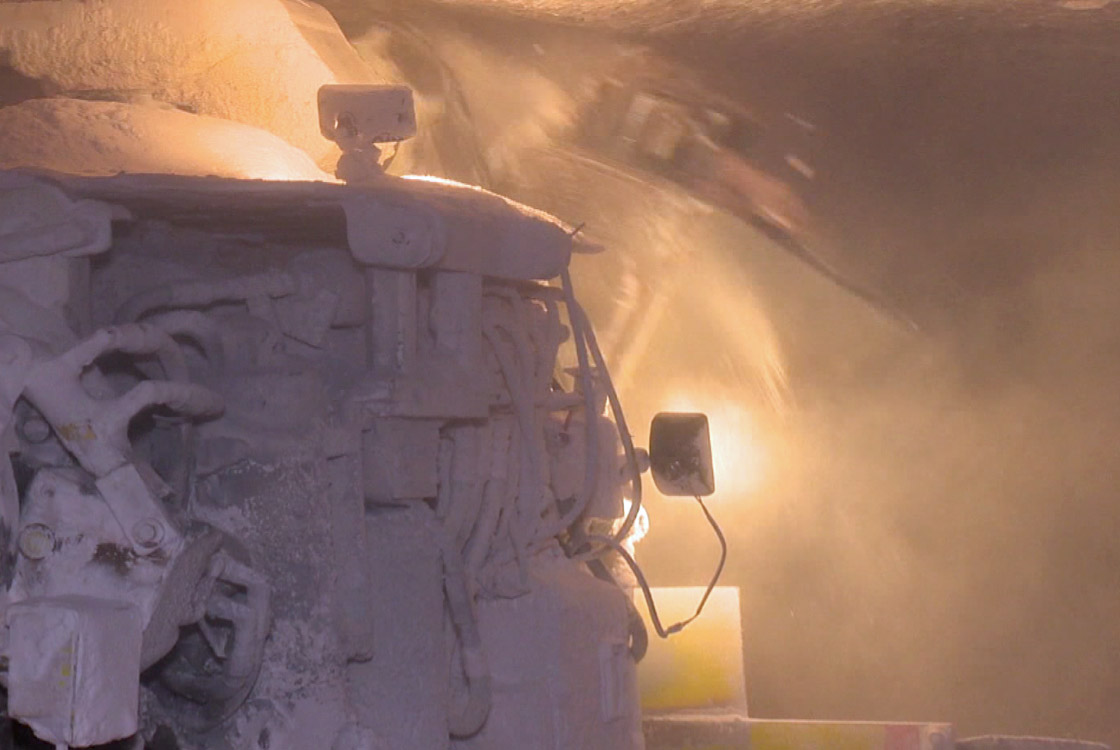The Saskatoon Regional Economic Development Authority (SREDA) says Saskatchewan’s economy should continue to build momentum during 2018.

A survey released by the organization on Monday said real GDP growth for the year is forecast at 2.1 per cent, driven by the ongoing recovery in the potash sector, sustained oil prices, and a return to normal growing conditions for crops.
That would place Saskatchewan fourth among the provinces in economic growth for the year, trailing Alberta (2.5 per cent), B.C. (2.4 per cent), and Ontario (2.3 per cent).

Get daily National news
“The forecast bodes well for our local economy, which is already showing signs of strength and stability following the slowdown in the resource sector,” said SREDA president CEO Alex Fallon in a press release.
SREDA said gains in 2018 will be offset by weak construction activity, particularly in the non-residential sector, further financial tightening based in part by the reversal of the 0.5 per cent cut in the corporate tax rate, and struggles in the uranium market.
Household spending is also expected to be held back due to sluggish employment and wage growth, and rising interest rates.
“Last year, employment in the Saskatoon region rose 1.3 per cent but the unemployment rate remains elevated above the region’s 20-year average as labour force growth continues to match job gains,” said Gabriel Dzathor, SREDA’s manager of economic forecasting and analysis, in a statement.
“Improved prospects in the province’s resources industry, which is closely tied to the region’s manufacturing and service sectors, should strengthen Saskatoon’s job market going forward.”
Real GDP is forecast to slow slightly in 2019 to 1.9 per cent, which would be second in the country next to Alberta (2.0 per cent).
SREDA based its forecast by taking the mean average of six independent forecasts: Toronto-Dominion Bank of Canada, Royal Bank of Canada, Bank of Montreal, Canadian Imperial Bank of Commerce, Bank of Nova Scotia, and the Conference Board of Canada.






Comments